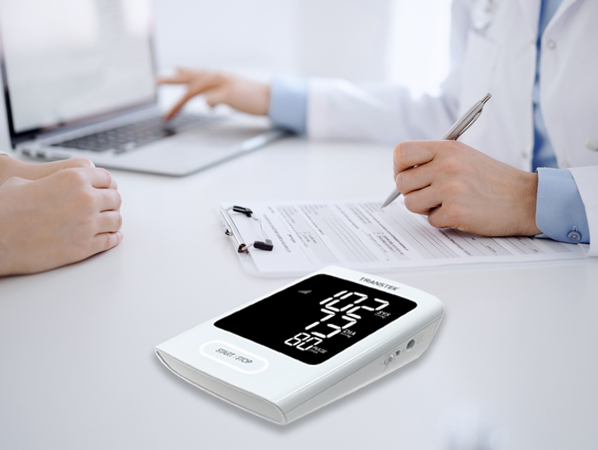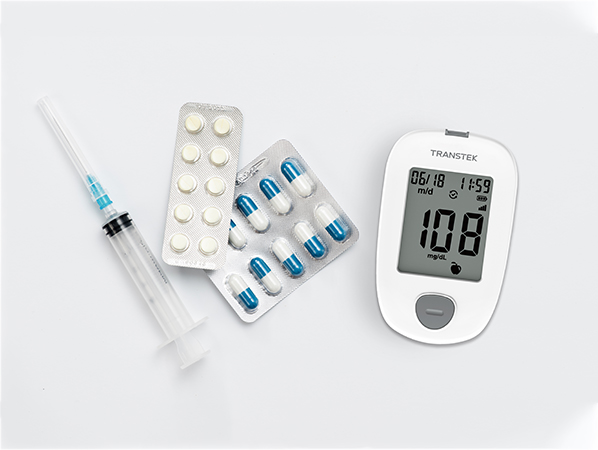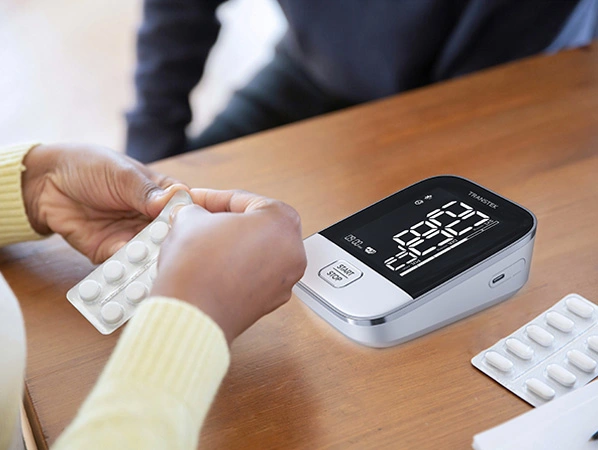Although face-to-face visits with doctors have always been normal, sometimes face-to-face interaction is not necessary. The global pandemic has prompted many care providers to take advantage of the power of remote and virtual patient care when necessary. The results show how effective these remote care models can be even in the daily medical environment. Remote medical monitoring makes it possible to monitor certain attributes of patient health without encountering them in the office.
Remote medical monitoring is a kind of medical care that relies on technology to monitor patients outside the clinical environment. It uses certain devices to electronically collect information from patients (at home or elsewhere) and transmit it to the supervising physician. In addition, remote medical monitoring is an important system in the developing telemedicine and health care field.
According to the prediction discussed by InsiderIntelligence, 26.2% of the country's population (70.6 million patients in the United States) will benefit from remote medical monitoring by 2025. Patients are also receiving such kind of monitoring. In a study published by MSI International, "Americans' Views on Remote Health Monitoring", four of the five patients support remote medical monitoring. Almost half of the people said they were very much in favor of including remote medical monitoring in their current health care plans.
The remote medical monitoring technology allows for the remote collection of important information that providers can use to make decisions about patient care. Examples include blood pressure, heart rate, blood glucose levels, and oxygen saturation. Fast and consistent access to these data shapes everything from making accurate diagnosis to continuous care and making wise decisions to prevent re-admission.
The benefits of RPM devices are obvious to doctors as well as patients. MSI research found that the benefits of remote monitoring are obvious to patients. When asked to rank the benefits: 43% attached importance to the convenience of remote medical monitoring, 39% paid attention to the nursing efficiency of remote medical monitoring, 37% paid attention to the control of personal health by remote medical monitoring, 36% believed that the accuracy of remote medical monitoring diagnosis was higher and 36% paid attention to the reassurance brought by remote medical monitoring. With the application of remote medical monitoring technology, patients' satisfaction with nursing has also improved. After the implementation of remote medical monitoring, the satisfaction of patients at the University of Pittsburgh Medical Center (UPMC) reached 90%. Finally, remote medical monitoring can improve the efficiency of medical care. Care providers can expand their reach with fewer resources, thus patients can get better standards of care.


